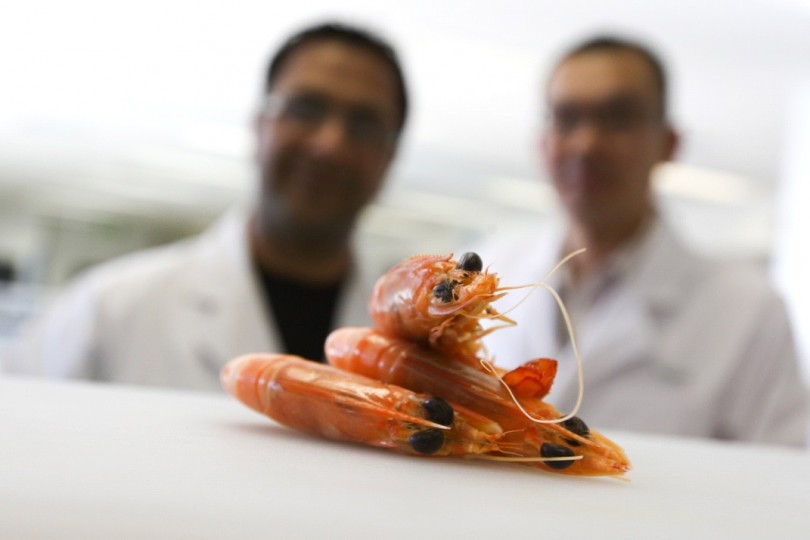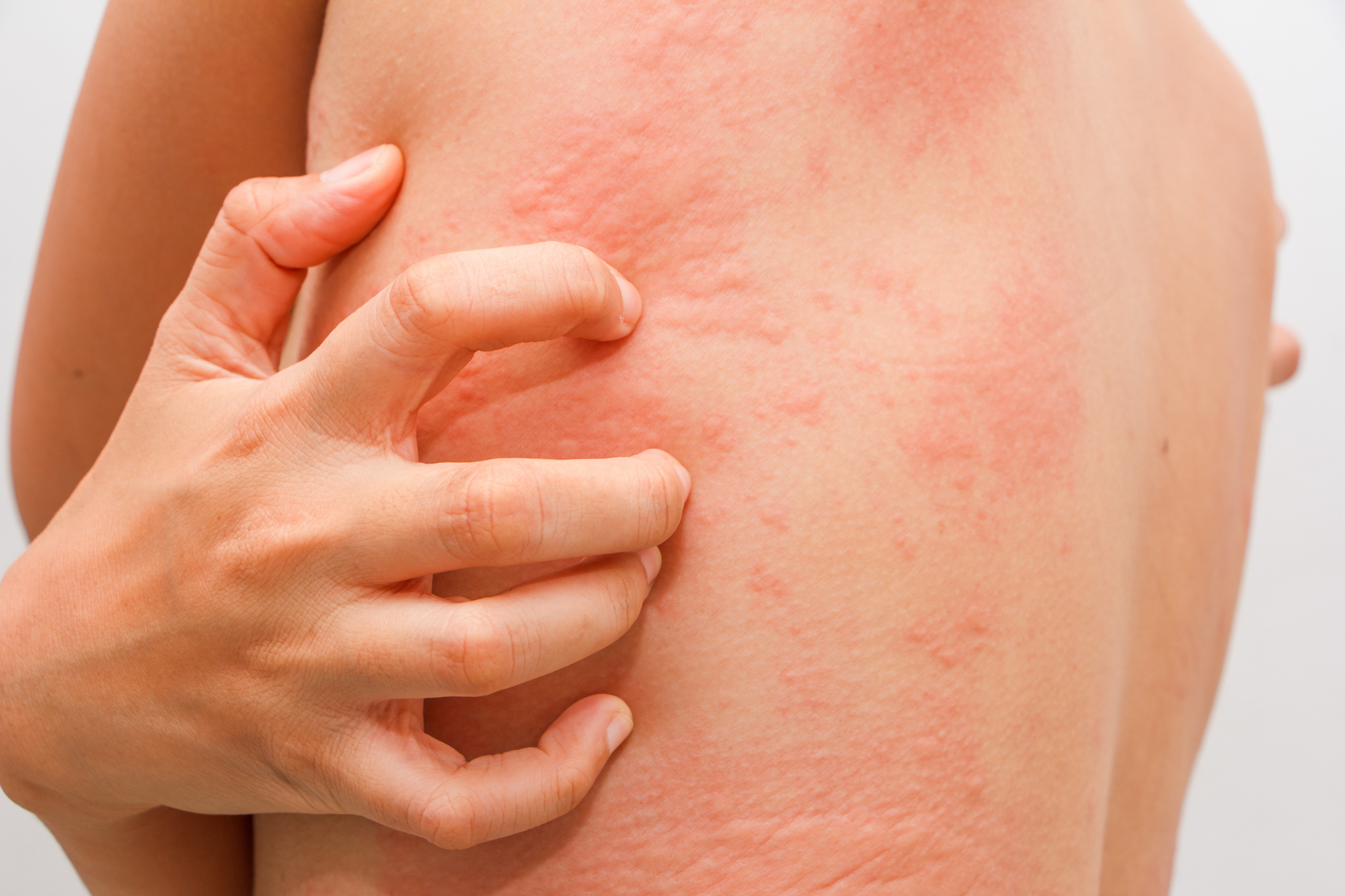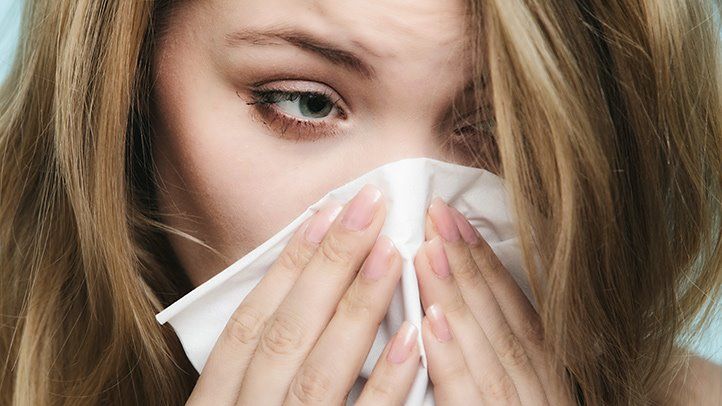What are shellfish allergies?
Although most major food allergies begin in childhood, one allergy in particular stands apart: shellfish. An allergy to shellfish may develop any time during a person’s life, but tends to present in adulthood. It can be caused by foods that you’ve eaten before with no issues.
Along with fish, shellfish allergies are the most common adult-onset food allergies. It’s estimated that more than 6.5 million American adults have allergies to one or both, according to Food Allergy Research & Education (FARE).
What foods should I avoid if I have a shellfish allergy?
There are two kinds of shellfish, crustaceans and mollusks. Here are a few examples of crustaceans to watch out for if you’re allergic:
- shrimp
- crab
- prawn
- crayfish
- lobster
Mollusks include:
- clams
- mussels
- oysters
- squid
- cuttlefish
- octopus
- snails
- scallops
Most people who are allergic to one type of shellfish are also allergic to the other type. There’s a chance you may be able to eat some varieties. However, doctors usually recommend that people with shellfish allergies avoid all varieties to be safe.
A shellfish allergy is different from other allergies in other ways, as well. For example, allergic reactions to shellfish are unpredictable, sometimes occurring long after a person has consumed the allergen and has shown no other symptoms. Allergic reactions to shellfish also often become more severe with each exposure.
What are the symptoms of shellfish allergies?
Shellfish allergies are most often the immune system’s response to a protein found in shellfish muscles called tropomyosin. Antibodies trigger the release of chemicals such as histamines to attack the tropomyosin. The histamine release leads to a number of symptoms that can range from mild to life-threatening. Symptoms of shellfish allergies tend to lean toward the severe.
It can take some time for symptoms to present after eating shellfish, but most develop within minutes. Symptoms of a shellfish allergy may include:
- tingling in the mouth
- abdominal pain, nausea, diarrhea, or vomiting
- congestion, trouble breathing, or wheezing
- skin reactions including itching, hives, or eczema
- swelling of the face, lips, tongue, throat, ears, fingers, or hands
- lightheadedness, dizziness, or fainting
A severe, life-threatening allergic reaction known as anaphylaxis may occur in the most serious cases. An anaphylactic reaction requires immediate medical attention. Symptoms of anaphylaxis include:
- a swollen throat (or lump in the throat) that makes breathing difficult
- rapid pulse
- extreme dizziness or loss of consciousness
- a severe drop in blood pressure (shock)
How are shellfish allergies treated?
There’s currently no cure for a shellfish allergy. The best treatment is to avoid foods such as shrimp, lobster, crab, and other crustaceans. Finned fish are not related to shellfish, but cross-contamination is common. You may want to avoid seafood altogether if your shellfish allergy is severe.
Many doctors also recommend that people with shellfish allergies carry epinephrine (EpiPen, Auvi-Q, or Adrenaclick) for self-administration in case you accidentally ingest any. Epinephrine (adrenalin) is the first-line treatment for anaphylaxis. For mild reactions such as a rash or itchiness, taking an antihistamine such as Benadryl may be recommended by your doctor.
Deaths from an anaphylactic reaction from eating shellfish are rare, but they’re more common than with other food allergies. Most doctors agree that someone who has both a shellfish allergy and asthma should have an epinephrine pen on hand in case of an emergency. If ingesting shellfish results in a mild reaction such as a rash or itchy skin, taking an antihistamine to see if it helps with the symptoms is recommended. However, if the symptoms do no improve, seek immediate medical advice or go to the emergency room.
Can iodine trigger a shellfish allergy?
Iodine is an element found throughout the body and is essential to the production of thyroid hormones and various amino acids. In short, human beings can’t survive without it. There has been some confusion in recent years regarding the relationship between shellfish allergy and iodine. Many people falsely believe that iodine may trigger an allergic reaction in people with a shellfish allergy. Iodine is often used in medications and in contrast agents used in medical imaging.
The misconception is largely related to a Florida court case about a man who died from a severe allergic reaction. The man had a known shellfish allergy. The allergic reaction occurred a few minutes after he received contrast iodine from a cardiologist. The man’s family was awarded a $4.7 million settlement for successfully arguing that the contrast iodine used in his treatment for acute coronary syndrome had caused the man’s death.
A study published in the Journal of Emergency Medicine concluded that iodine is not an allergen. According to the researchers, “Allergies to shellfish, in particular, do not increase the risk of reaction to intravenous contrast any more that of other allergies.”
How is a shellfish allergy diagnosed?
A simple skin prick test can identify a shellfish allergy. The test involves puncturing the skin of the forearm and introducing a small amount of the allergen into it. If you’re allergic, a small itchy red spot will appear within a few minutes as the mast cells release histamine.
There’s also a blood test available to diagnose a shellfish allergy. The test is called an allergen-specific IgE antibody test or radioallergosorbent (RAST) test. It measures the immune system’s response to shellfish.
Allergy testing is the only sure way to tell if a reaction after eating shellfish is indeed a shellfish allergy.
How can a shellfish allergy be prevented?
The only way to prevent a shellfish allergy is to avoid all shellfish and all products that contain shellfish.
Here are some tips for avoiding shellfish:
Ask the staff how food is prepared when eating in a restaurant. Asian restaurants often serve dishes that contain fish sauce as a flavoring base. A shellfish-based broth or sauce may trigger an allergic reaction. Make sure to ask that the oil, pan, or utensils used to cook shellfish aren’t also used to prepare other foods. Stay away from steam tables or buffets.
Avoid eating at a seafood restaurant or shopping in a fish market. Some people react even if they inhale steam or vapor from cooking shellfish. Cross-contamination also is possible in establishments that serve seafood.
Read food labels carefully. Companies are required to disclose whether their food product contains shellfish. However, they aren’t required to disclose if the product contains mollusks, like scallops and oysters. Be cautious of foods that contain vague ingredients, like “fish stock” or “seafood flavoring.” Shellfish also may be present in many other dishes and substances, such as:
- surimi
- glucosamine
- Bouillabaisse
- Worcestershire sauce
- Caesar salads
Let people know. When flying, contact the airline in advance to find out whether any fish or shellfish dishes will be prepared and served on the flight. Tell your employer or your child’s school or day care about any allergies. Remind a host or hostess of your allergy when you reply to an invitation to a dinner party.
You should always carry your epinephrine pen and make sure it hasn’t expired. You or your child should wear a medical bracelet or necklace containing your allergy information.





